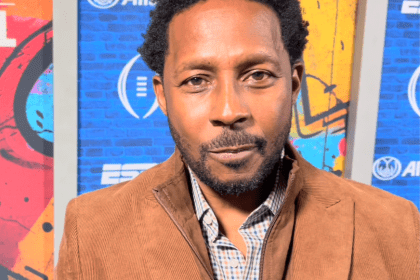
What?
With all of the excitement of a winter excursion to Paris, I hadn’t considered the language challenge that lay ahead. As my heart beat faster and faster, Jay-Z’s line from club banger “N*ggas in Paris” provided calm: “If you escaped what I’ve escaped, you’d be in Paris getting messed up too.”
I boarded the flight, took my seat near the pilot, reviewed the wine and food selection and then proceeded to take a long nap.
Several hours later, I was awakened by the flight attendant’s offer of a breakfast and a refreshing towel. The excitement returned. I couldn’t wait to land. When the plane door finally opened and I entered the fast pass lane through customs, I wore a little smirk on my face, thinking about Kanye’s verse in “Watch the Throne”: “You ain’t accustomed to going through customs; you ain’t been nowhere, huh?” I was officially ready for Day One in Paris – sightseeing.
Here are six must-see sites in Paris:
Les Invalides
Les Invalides, officially known as L’Hôtel National des Invalides (The National Residence of the Invalids), is a building complex – a series of museums and monuments all relating to the military history of France – in the 7th Arrondissement of Paris. It’s where you will find the Musée de l’Armée (the Military Museum of the Army of France), the Musée des Plans-Reliefs, the Musée d’Histoire Contemporaine, as well as the burial site for some of France’s war heroes, most notably Napoleon Bonaparte. It’s also a hospital and retirement home for war veterans, which was the site’s original purpose.
The Louvre Museum (Musée du Louvre)
The Louvre is for good reason the most visited museum in the world. It averages about 8.5 million visitors every year. With its historical background and the countless exhibitions, it takes many days for one to cover the entire palace. It’s quite a feat, but totally worth it.

The Paris Opera House
The Paris Opera House is thought to be one of the greatest architectural examples of its period. Located on the northern end of Avenue De l’Opera, it was built in 1669 under the directive of King Louis XIV.
Notre Dame
Notre Dame de Paris (Our Lady of Paris in English) is a Gothic, Roman Catholic cathedral also known as Cathédrale Notre-Dame de Paris. It’s the cathedral of the Catholic Archdiocese of Paris, i.e., it’s the church that contains the cathedra (official throne) of the Archbishop of Paris, currently André Vingt-Trois.
The Eiffel Tower
The Eiffel Tower was built by Gustave Eiffel as a part of the Universal Exposition of 1889 –celebrating the centennial of the French Revolution. It’s a late 19th century demonstration of French genius demonstrated by Eiffel, and a highlight of the industrial age. Built in two years, two months and five days, the awe-inspiring tower is a tribute to their technological prowess.
The Arc de Triomphe
The Arc de Triomphe de l’Étoile is one of the most famous monuments in Paris. It stands in the center of the Place Charles de Gaulle, originally named Place de l’Étoile, at the western end of Avenue des Champs-Élysées. The Arc de Triomphe (Triumphal Arch in English) honors those who fought and died for France in the French Revolutionary and the Napoleonic Wars, with the names of all French victories and generals inscribed on its inner and outer surfaces. Beneath the vault lies the Tomb of the Unknown Soldier from World War I.
After a long exhausting day of sightseeing in Paris, I felt the rush of a new excitement and what was on the itinerary for day two: shopping. –kevin e. hooks










